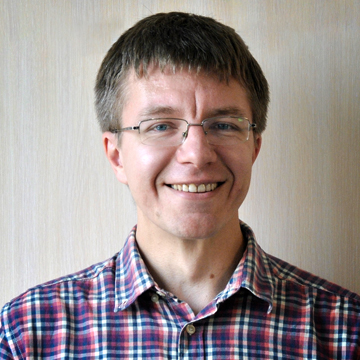Paweł Wiercik, DSc., Eng., graduated from the Faculty of Agriculture of the Wrocław University of Environmental and Life Sciences in 2007. In 2011 he obtained a doctoral degree in Agricultural Sciences, specialising in environmental protection and engineering at the Faculty of Environmental Engineering and Geodesy of the Wrocław University of Environmental and Life Sciences, Institute of Environmental Engineering, where he has been employed since 2012.



![okladka_ionsmonit Characteristics of particle size distribution in suspensions contained in spent filter backwash water collected on different stages of iron and manganese removal filter backwashing. [Charakterystyka rozkładów wielkości cząstek zawiesin zawartych w popłuczynach pochodzących z różnych faz płukania filtrów do odżelaziania i odmanganiania]](https://ionsmonit.pl/wp-content/uploads/2019/08/okladka_ionsmonit.jpg)

